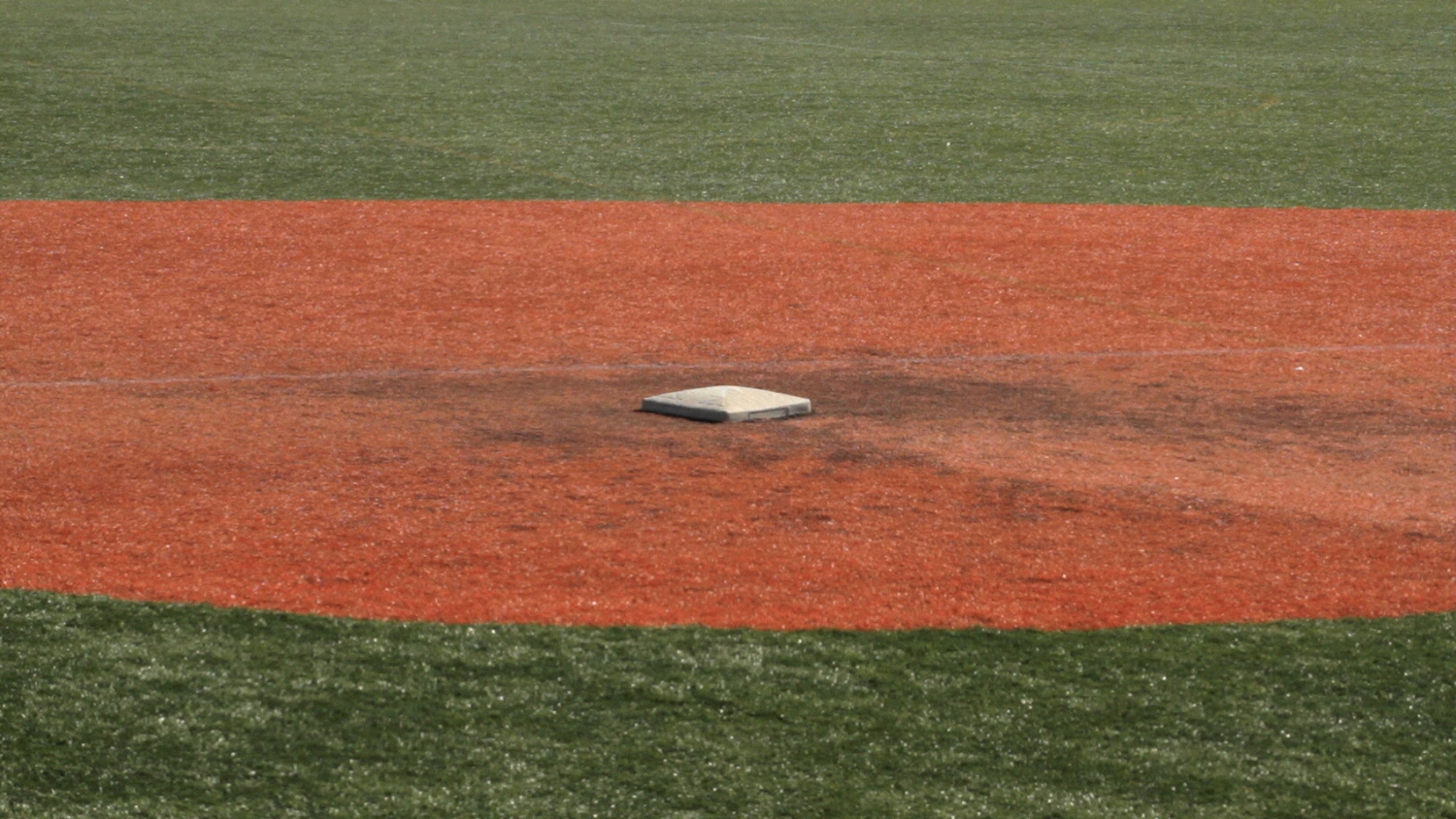
The Reds claimed shortstop Freddy Galvis off waivers from the Blue Jays on Monday and announced Amir Garrett will begin serving his eight-game suspension.
The #Reds have claimed off waivers from the Blue Jays IF Freddy Galvis.
LHP Amir Garrett tonight will begin serving his 8-game suspension. pic.twitter.com/X0p0AjNHI8
— Cincinnati Reds (@Reds) August 12, 2019
Galvis, 29, has posted a 1.6 bWAR and 1.4 fWAR this season. For comparison, Jose Iglesias is at 1.3 bWAR and 1.2 fWAR. Most of Galvis’ value comes defensively. He’s been a slightly below league average hitter (93 wRC+, 96 OPS+), which represents career-best production for him at the plate. In 473 plate appearances, his slash line stands at .267/.299/.444 with 18 home runs. Galvis owns a .248/.291/.383 slash line and 79 wRC+ for his career.
As the on-base percentage indicates, his plate discipline leaves a lot to be desired; he has a lowly 4.4% walk rate in 2019 and a 5.4% rate for his career. Here’s a deeper dive into his plate discipline metrics:

Defensive metrics have fluctuated on Galvis from year to year, but UZR (ultimate zone rating) and DRS (defensive runs saved) both agree he’s been slightly below average with the glove in 2019. As recently as 2016, he had an argument as one of the top defensive shortstops in the game, although that seems more like an outlier now. Galvis has been almost perfectly average over the last three seasons — which is about how much data is needed to determine a player’s ability as measured by DRS and UZR. Among 36 shortstops with at least 1,000 inning played since 2017, Galvis ranks 24th in DRS (-2) and 21st in UZR (-2.0).
That said, Galvis can make some flashy plays.
Just an absurd catch by Freddy Galvis. His hand may sting a bit after that one.pic.twitter.com/9EZ6Cl4ccq
— Sporting News MLB (@sn_mlb) April 20, 2019
The move adds more depth to an already-crowded middle infield. Galvis is roughly on par with Iglesias as a hitter. Both are free-swingers and rarely draw walks. Iglesias has a better hit tool, and Galvis brings more pop. Iglesias has the clear advantage defensively. If the Reds are attempting to grab a playoff spot, Galvis doesn’t figure to supplant Iglesias as the starter by any means. Galvis is a switch-hitter, giving the Reds some additional flexibility off the bench. He’s marginally better against right-handed pitching, though likely not enough to outweigh Iglesias’ defensive contributions.
- Galvis vs. RHP: 97 wRC+ in 2019, 81 wRC+ for his career
- Iglesias vs. RHP: 86 wRC+ in 2019, 77 wRC+ for his career
Galvis has played a little bit of second base, logging 37 innings there this season. However, it makes little sense to give him significant playing time there over Josh VanMeter — who is still only 24 and under six years of team control. Derek Dietrich will also be in the equation when he returns from the injured list.
From a financial standpoint, though, the Reds will likely want to get Galvis on the field as much as they can. He has a team option for $5.5 million next season, and that comes with a $1 million buyout, according to USA Today’s Bob Nightengale. The club will likely want to see what they have in Galvis before making that decision. Should the Reds fall further out of the playoff race, it seems almost certain that Galvis will steal some playing time from Iglesias, who is a free agent after the season ends. Ultimately, Jose Peraza may be hurt by the move more than anyone else on the current roster in the short-term, as Galvis is a better hitter and defender.
Galvis feels like a redundant piece given the current roster construction, but he does give the team another potential option for next season.






Agree on the redundancy aspect. It’s too bad we don’t live in a world where the Reds could trade three below-average hitting, defense-first shortstops for one all around good shortstop.
Perhaps the Reds have decided that Peraza is not an everyday SS or 2b and too expensive as a utility player with better options.